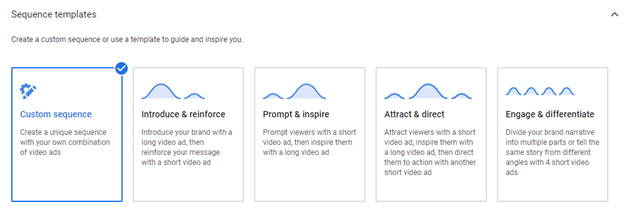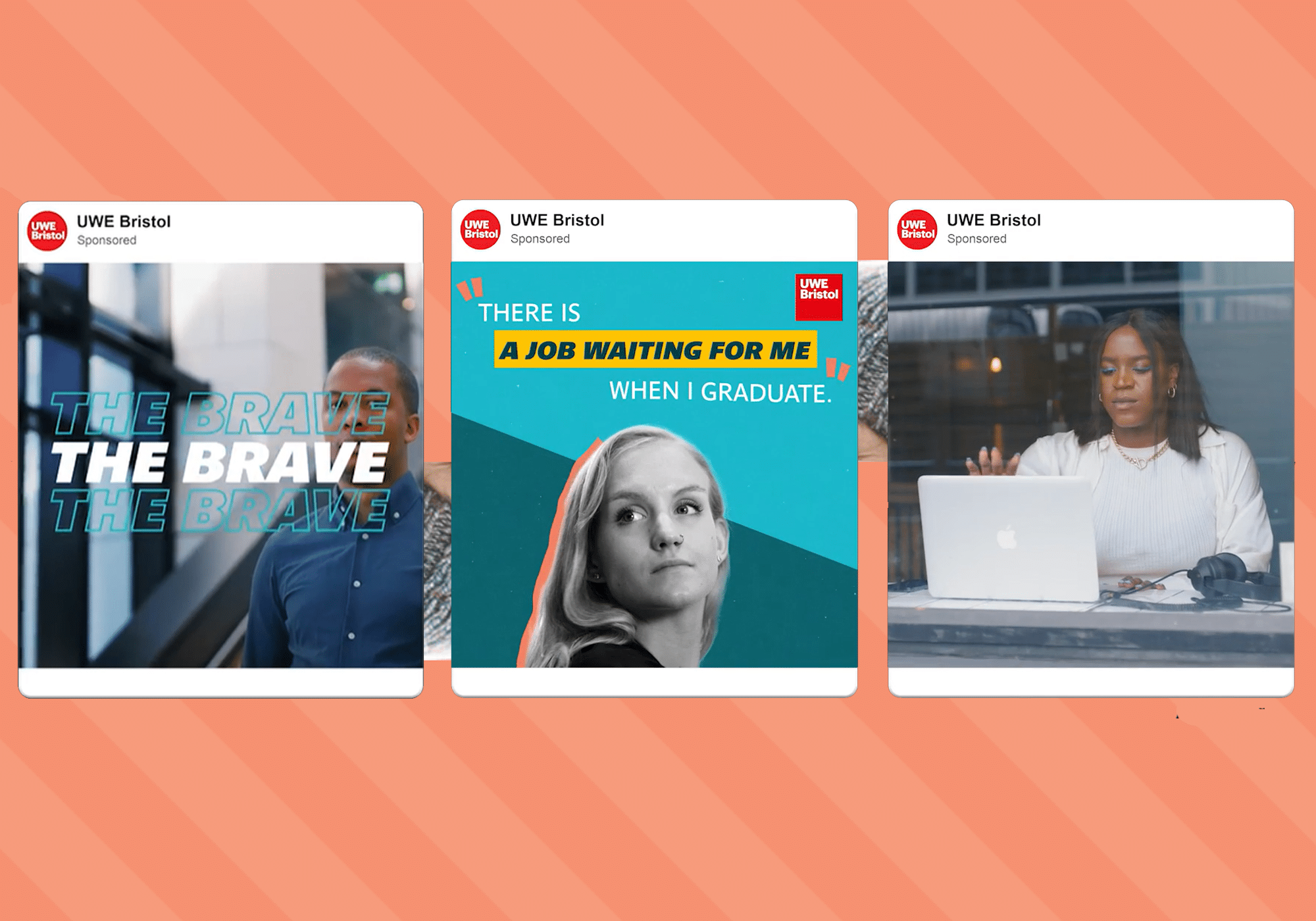When I started out in advertising nearly 20 years ago, I learned that customers would need to see an ad six to seven times before it is effective.
In an ideal world, you would need to bombard your audience with the same ad to get results, but it very rarely works this way. Today, the average person is expected to encounter 6,000 to 10,000 ads a day. While some studies suggest that people are most susceptible to messages they’ve been exposed to at least 10-20 times. How can you really make an impact with video ads and avoid turning off your viewers?
Ad sequencing helps combat this.
What is ad sequencing?
Creating different content for every stage of your customer’s journey makes a more targeted content marketing strategy. It can lead to better lead nurturing, increased retention and an improved brand experience. With video ad sequencing, viewers are shown a series of videos in a specific order that you define.
It’s more targeted too – advertisers can choose what order your audience will see your ads, so that you can construct a narrative that will resonate with them more so than stand-alone ads. By creating multiple ads, and adapting to how the consumer interacts, brands can avoid saturating the same message over and over again.
What is the impact of ad sequencing on ROI?
Video ad sequencing has been proven to 80-100% higher brand lift and 50-70% lower cost-per-lifted-user than non-video ad sequencing campaigns.
When should I use ad sequencing?
Use sequencing when you want to reach a broader audience with several different ads that tell a story, or you want to try different ways of engaging a broader audience. Or simply, you want to tell a story about your brand.
How does ad sequencing work on YouTube?
A video ad sequence is a series of video ads that is shown to a person. Each sequence campaign is made up of a series of ‘steps’. Within each step of a sequence is an ad group and a video ad. YouTube has five sequence templates:

- Introduce & reinforce: Introduce your brand with a long video ad, then reinforce your message with a short video ad.
- Prompt & inspire: Prompt viewers with a short video ad, then inspire them with a long video ad.
- Attract & direct: Attract viewers with a short video ad, inspire them with a long video ad, then direct them to action with another short video ad.
- Engage & differentiate: Divide your brand narrative into multiple parts or tell the same story from different angles with 4 short video ads.
How does ad sequencing work on Facebook?
The goal of sequential advertising on Facebook is to keep viewers invested in a narrative, leading them to the point of purchase. Reach and frequency buying has a sequencing tool that lets advertisers arrange up to 50 ads in a certain audience.
Sequence ads when you want to tell a story or present information to people in a specific order. For example: if you want to build a narrative with your ads, you can show one ad that tells the beginning of the story first and then show additional ads afterward that continue to tell the story in a set order.
The top funnel is important to command attention for the ‘awareness’ stage of your campaign. This could be introducing your product or service, or why your business solves a problem. When you retarget with a second ‘consideration’ ad, you can then hone in on the benefits or features of your business, or perhaps a series of case studies or testimonials.
Retarget Facebook users who’ve watched a certain video, or those who visited a landing page that your consideration ad pointed to. Present the next steps accordingly. Make sure your Facebook pixel is installed so you can track your audience’s actions. As your customers go through your funnel, they need to feel like the content being served is relevant to them. Each ad must provide enough interest to make the viewer want to engage with the next.
What does an ad sequence campaign look like?
When Skylark partnered with UWE Bristol for a post-grad campaign, a series of social media videos was required to support the main hero montage:
An additional three videos were created to spotlight each student’s story, with Lamare’s video highlighted on the UWE Bristol landing page.

Reinforced messages were then shown to returning visitors on Facebook via social cutdowns, alongside graphical versions:

Finally, a series of stats-driven, graphics-based ad was shown to those that reached the ‘consideration’ stage.

Not all content has to be created by your video production partner. UWE also boosted the video campaign by creating additional video content of their own.
Curious about running your first video ad sequenced campaign? Contact us here.

